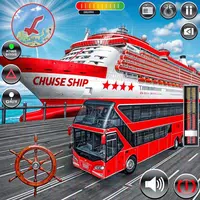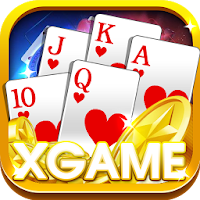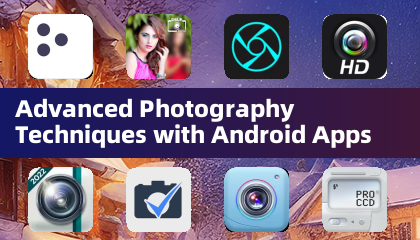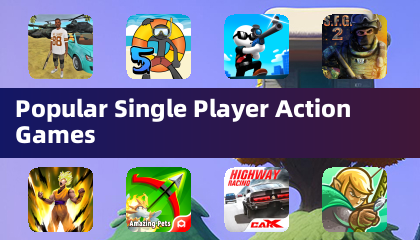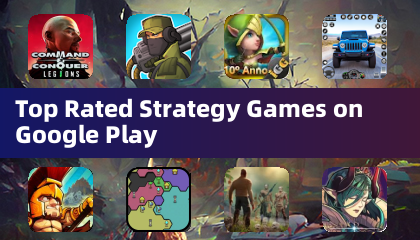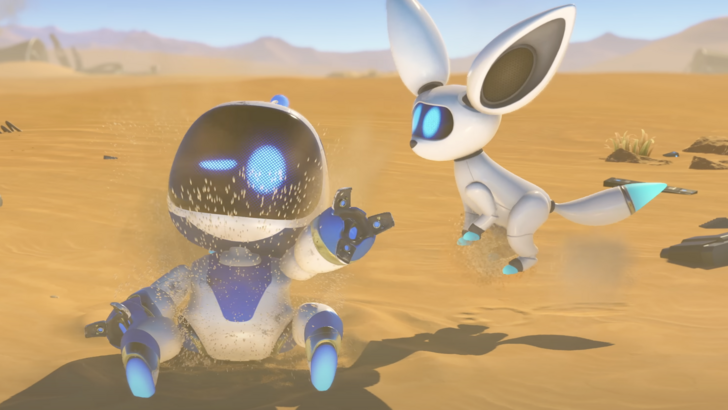 Sony's groundbreaking patent aims to enhance accessibility for deaf gamers by introducing real-time in-game sign language translation. This innovative technology bridges the communication gap between players using different sign languages.
Sony's groundbreaking patent aims to enhance accessibility for deaf gamers by introducing real-time in-game sign language translation. This innovative technology bridges the communication gap between players using different sign languages.
Sony Patents Real-Time Sign Language Translation for Video Games
Leveraging VR and Cloud Gaming Technologies
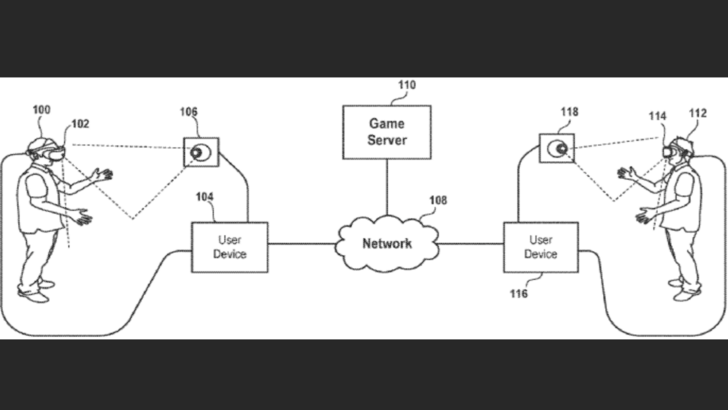 This patent, titled "TRANSLATION OF SIGN LANGUAGE IN A VIRTUAL ENVIRONMENT," details a system enabling seamless communication between gamers using different sign languages, such as American Sign Language (ASL) and Japanese Sign Language (JSL). The envisioned system facilitates real-time translation during in-game interactions.
This patent, titled "TRANSLATION OF SIGN LANGUAGE IN A VIRTUAL ENVIRONMENT," details a system enabling seamless communication between gamers using different sign languages, such as American Sign Language (ASL) and Japanese Sign Language (JSL). The envisioned system facilitates real-time translation during in-game interactions.
Sony's proposed solution involves a three-step process: first, translating sign gestures into text; second, converting that text into the target language; and finally, rendering the translated text back into the corresponding sign language gestures displayed via on-screen avatars or indicators.
"The present disclosure addresses methods and systems for capturing the sign language of one user and translating it for another user in their native sign language," Sony explains in the patent. "This is crucial because sign languages are not universally understood, varying significantly across geographical regions."
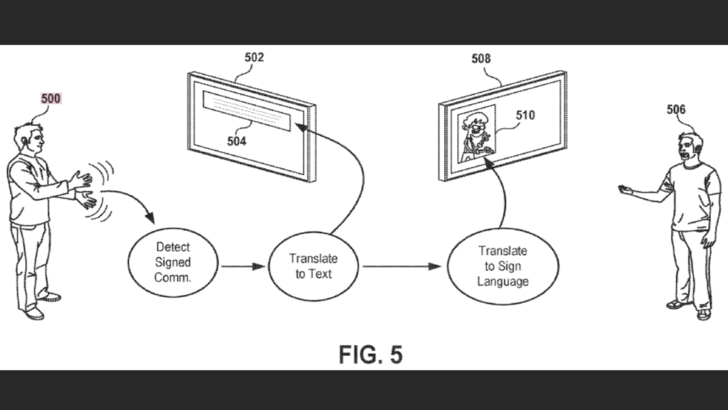 Sony suggests utilizing VR headsets (HMDs) as a key component of this system. These headsets, connected to a user device (PC, game console, etc.), would provide an immersive virtual environment for users.
Sony suggests utilizing VR headsets (HMDs) as a key component of this system. These headsets, connected to a user device (PC, game console, etc.), would provide an immersive virtual environment for users.
Further, Sony proposes a networked system where user devices communicate with a game server, maintaining a shared game state. This server could even be part of a cloud gaming platform, streaming rendered video between users. This setup allows for simultaneous interaction within the same virtual environment.


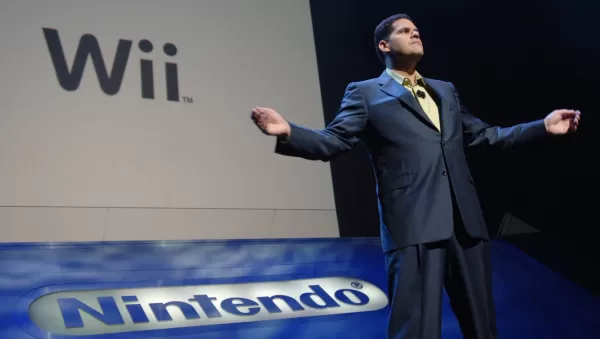


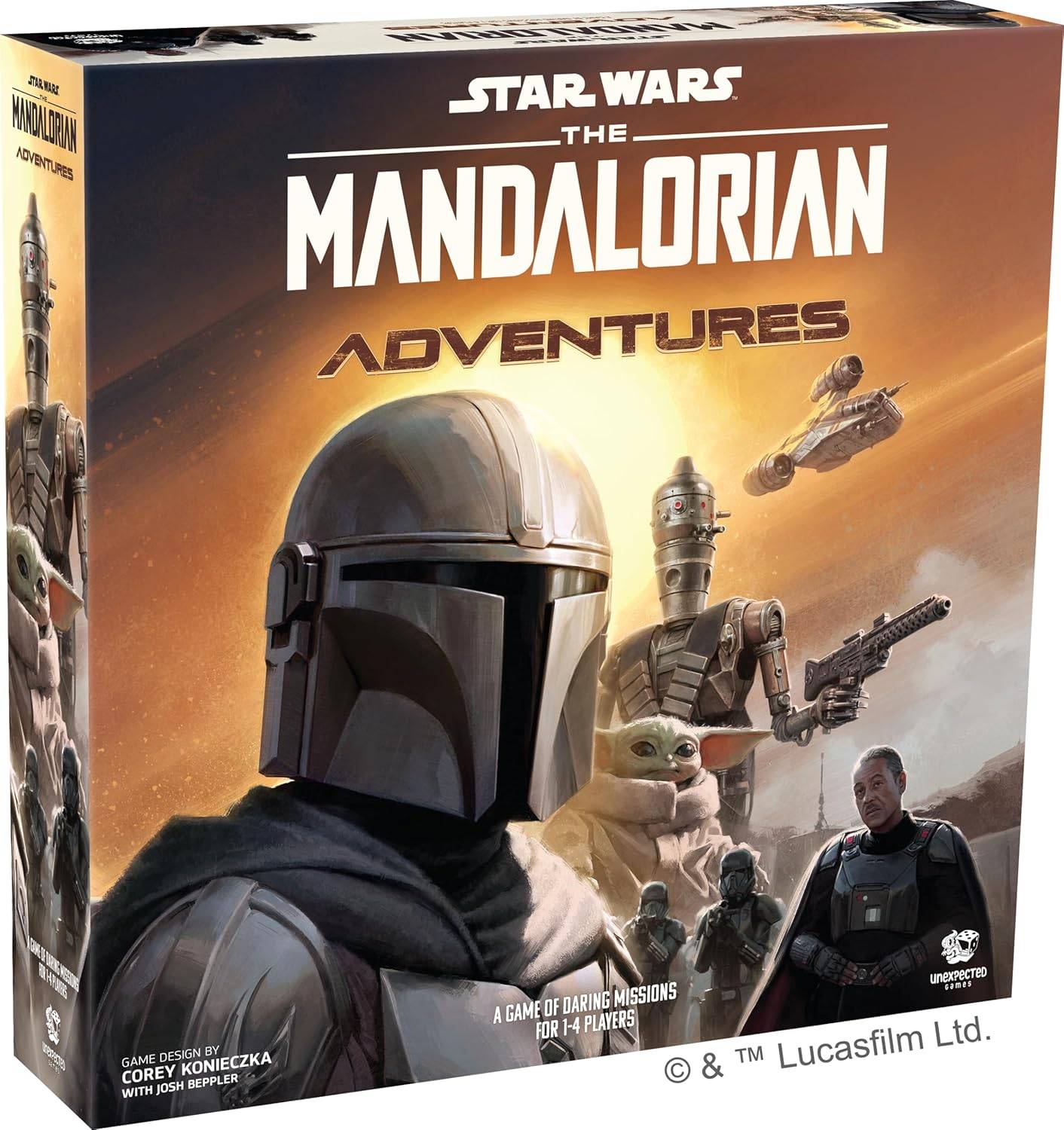

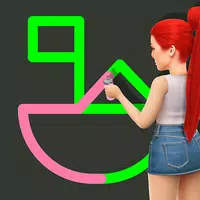

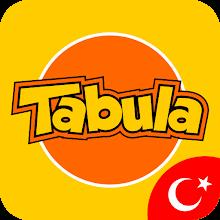
![[18+] Starlewd Valley:Re!](https://imgs.dgmma.com/uploads/37/173149215167347937c925c.jpg)




